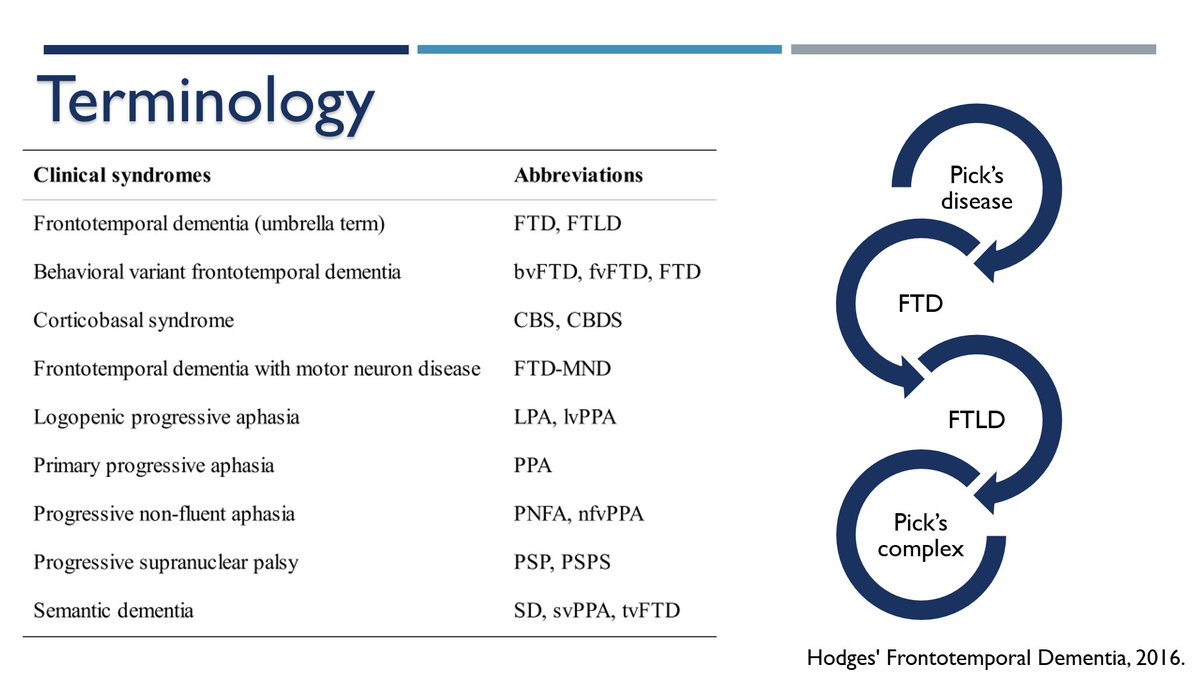
In November 29, the World Movement Disorders day is celebrated.
#MoveDisorder #Neuro #Teaching #EndNeurophobia
1/🧵
#MoveDisorder #Neuro #Teaching #EndNeurophobia
1/🧵

That is a great reason for a small tweetorial on how to approach phenomenology, the key element of this branch in Neurology. 🧠
2/🧵
2/🧵
But first, what is phenomenology?
That is a term that refers to the description of the movement. Instead of trying inmmediately to put a label on what you see, first I suggest start by watching and describing. 🤔
#Noticing
3/🧵
That is a term that refers to the description of the movement. Instead of trying inmmediately to put a label on what you see, first I suggest start by watching and describing. 🤔
#Noticing
3/🧵

A careful description is crucial in the approach of these conditions and will eventually lead to a proper classification of the patient's signs and symptoms.
#Maupassant had it clear!
4/🧵
#Maupassant had it clear!
4/🧵

Next I will present you 10 things not to forget when doing a proper semiology in cases that seem complicated.
I find them very useful. 🧐
5/🧵
I find them very useful. 🧐
5/🧵
1⃣ Which part is involved?
🦵💪😶
2⃣ What is the extend of the movement or it's distribution?
6/🧵
🦵💪😶
2⃣ What is the extend of the movement or it's distribution?
6/🧵
3⃣ The pattern
- Rhytmic?
- Regular?
- Uniform?
- Recurrent?
7/🧵
- Rhytmic?
- Regular?
- Uniform?
- Recurrent?
7/🧵
4⃣ Course?
- Speed
- Frequency
8/🧵
- Speed
- Frequency
8/🧵
5⃣ Amplitude?
-Force of the movement.
6⃣ Relantionship with:
- Posture
- Rest
- Voluntary activity/exertion
- Involuntary activity
- Time of the day
9/🧵
-Force of the movement.
6⃣ Relantionship with:
- Posture
- Rest
- Voluntary activity/exertion
- Involuntary activity
- Time of the day
9/🧵
7⃣ The response to heat and cold
8⃣ The relationship to emotional tension and excitement:
- Worse?
- Better?
10/🧵
8⃣ The relationship to emotional tension and excitement:
- Worse?
- Better?
10/🧵
9⃣ Are the movements suppressible by attention or the use of sensory tricks?
🔟Are they present during sleep?
- RBD and other parasomnias
11/🧵
🔟Are they present during sleep?
- RBD and other parasomnias
11/🧵
One example:
Man with bilateral 💪 movement, it goes from 👐and extends to the elbows, it is rhytmic, regular and uniform. Medium speed (6-8 Hz?) and amplitude. It is absent during rest and present when hands are held outstretched.
12/🧵
Man with bilateral 💪 movement, it goes from 👐and extends to the elbows, it is rhytmic, regular and uniform. Medium speed (6-8 Hz?) and amplitude. It is absent during rest and present when hands are held outstretched.
12/🧵
It is worse when patient is nervous and it may be reduced with alcohol ingestion. Absent during sleep.
Espirals below
Diagnosis: Essential tremor.
13/🧵
Espirals below
Diagnosis: Essential tremor.
13/🧵

One final lesson...
First observe, then describe and finally analyze, after all the clues have been gathered, classification and approach will come easier.
Thanks and hope you have enjoyed!
First observe, then describe and finally analyze, after all the clues have been gathered, classification and approach will come easier.
Thanks and hope you have enjoyed!
Sources:
1.- Pract Neurol. 2019 Oct;19(5):427-430.
doi: 10.1136/practneurol-2018-002176
2.- Pract Neurol. 2017 Dec;17(6):456-463.
doi: 10.1136/practneurol-2017-001719
3.- Dejong's The Neurologic Examination. Eighth Edition. 2020.
1.- Pract Neurol. 2019 Oct;19(5):427-430.
doi: 10.1136/practneurol-2018-002176
2.- Pract Neurol. 2017 Dec;17(6):456-463.
doi: 10.1136/practneurol-2017-001719
3.- Dejong's The Neurologic Examination. Eighth Edition. 2020.
• • •
Missing some Tweet in this thread? You can try to
force a refresh











